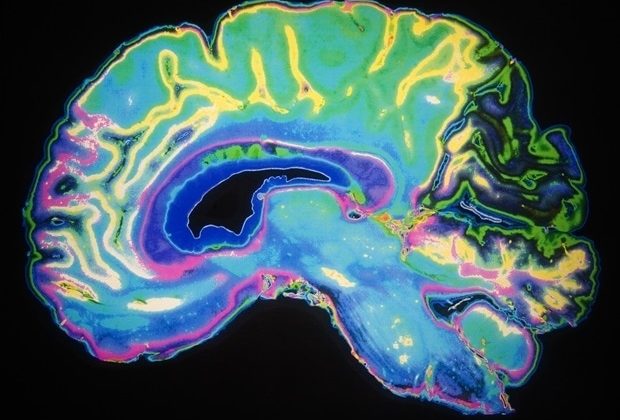RUDN University physicians investigated known cases of sudden death from a colloid cyst. After analyzing the data, the authors named the main risk factors and told what to look for. The results are published in the Journal of Clinical Neuroscience.
The third ventricle of the brain is a cavity between the visual tubercles filled with cerebrospinal fluid. Sometimes a colloid cyst is formed in it. This is a benign formation, but it can block the opening of Monro, through which the third ventricle communicates with other cavities of the brain. This leads to hydrocephalus, an excess accumulation of cerebrospinal fluid. In extreme cases, acute deterioration can occur, leading to sudden death. Very few such outcomes are known, but it is important to learn how to avoid them. RUDN doctors analyzed the data on all described lethal cases associated with a colloid cyst of the third ventricle.
Colloid cysts are benign tumors that are found almost exclusively in the third ventricle. It can cause hydrocephalus and, less commonly, acute deterioration and even sudden death. Since there are very few cases of sudden death described in the literature, not much is known about the patients and the characteristics of the cyst in these patients."
Musa Gerald, assistant of the Department of Neurology and Neurosurgery with a comprehensive rehabilitation course at RUDN University
Neuroscience eBook

Doctors managed to find 65 described cases in which the death of a patient occurred with a diagnosed colloid cyst. The authors analyzed the collected data using statistical methods. To find possible relationships, RUDN doctors paid attention to all previous syndromes, the size of the cyst, hemorrhage into the cyst, and demographic indicators.
Of the 65 patients, 38 were men and 27 were women. The mean age was 27.4 and 28.5, respectively. There were no statistically significant differences between men and women in any of the clinical parameters. Most patients have experienced sudden and severe headaches in the past, accompanied by nausea. Almost all (97%) were diagnosed with ventriculomegaly , an abnormal increase in the volume of the ventricles of the brain, on radiological studies. Sudden death in most cases was preceded by hemorrhage into the cyst. The size of the cyst is also likely to play a role – all patients who died had cysts larger than 1 cm in diameter.
"Sudden death in colloid cysts is a rare event whose pathophysiology and risk factors still need to be investigated. All patients with acute headaches accompanied by nausea or vomiting should be carefully evaluated to rule out colloid cysts and other life-threatening conditions. Sudden deterioration and possible death should be discussed with all patients with cysts of all sizes. With a colloid cyst of more than one centimeter, surgical treatment should be recommended regardless of the presence or absence of symptoms," Musa Gerald, assistant of the Department of Neurology and Neurosurgery with a comprehensive rehabilitation course at RUDN University.
Russian Foundation for Basic Research
Musa, G., et al. (2022) Clinical and radiological characteristics in fatal third ventricle colloid cyst. Literature review. Journal of Clinical Neuroscience. doi.org/10.1016/j.jocn.2020.10.032.
Posted in: Medical Science News | Medical Research News | Medical Condition News
Tags: Brain, Cyst, Hydrocephalus, Nausea, Neurology, Neuroscience, Neurosurgery, Pathophysiology, Vomiting
Source: Read Full Article
